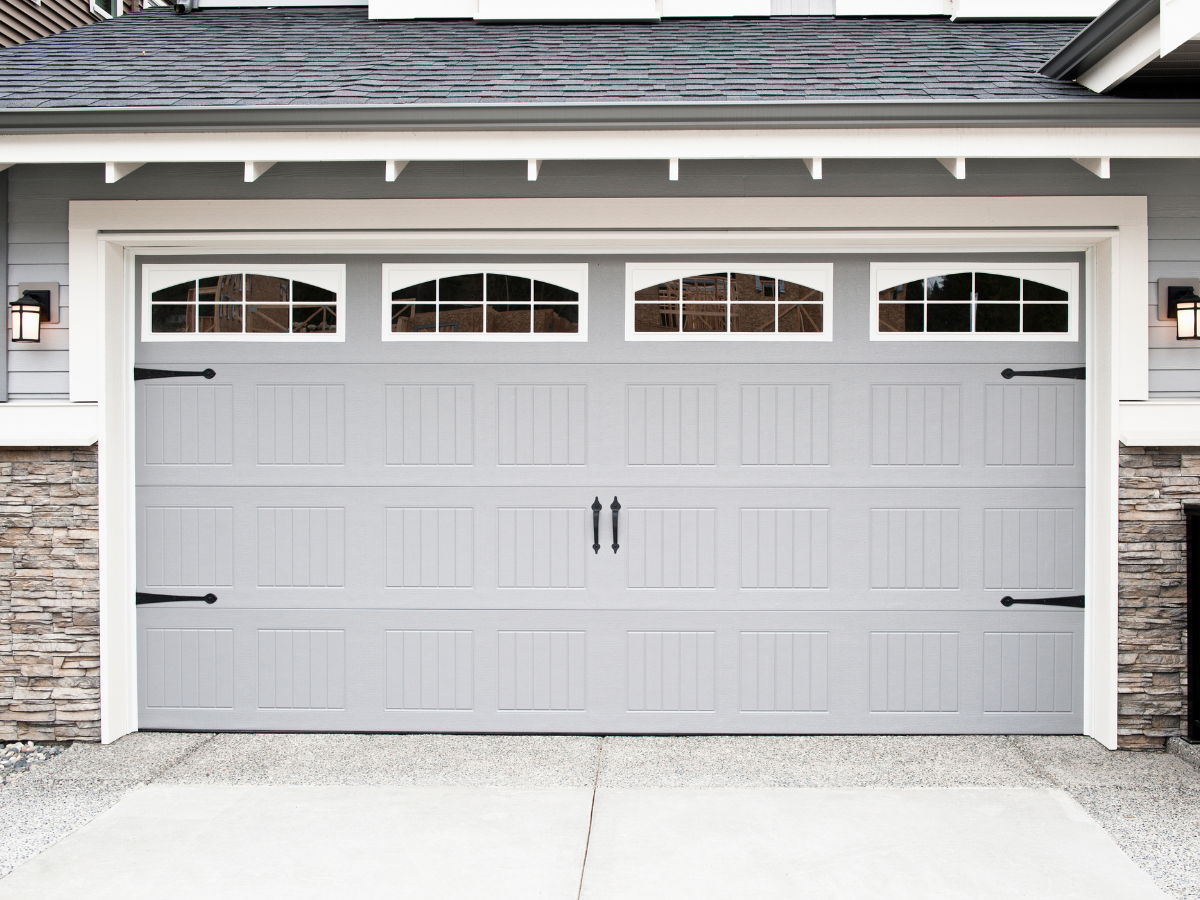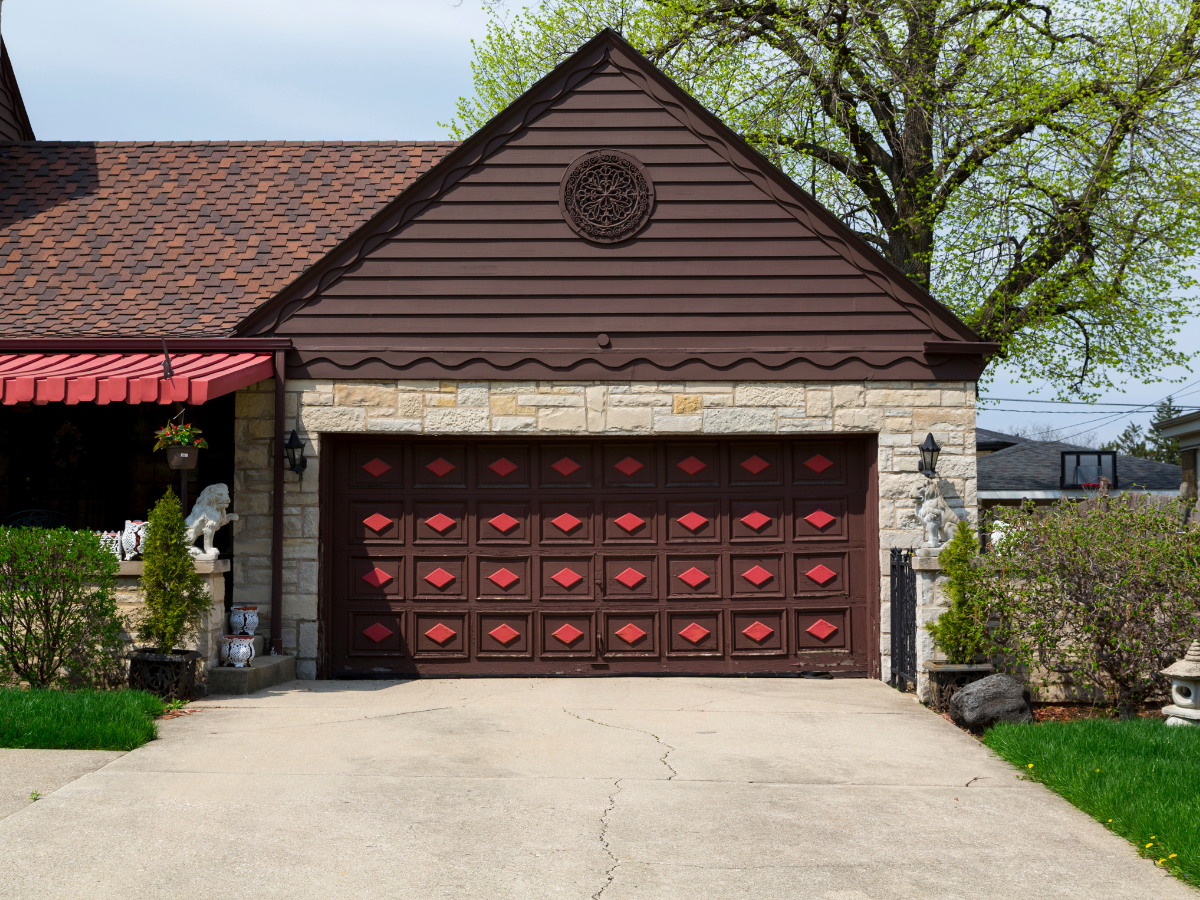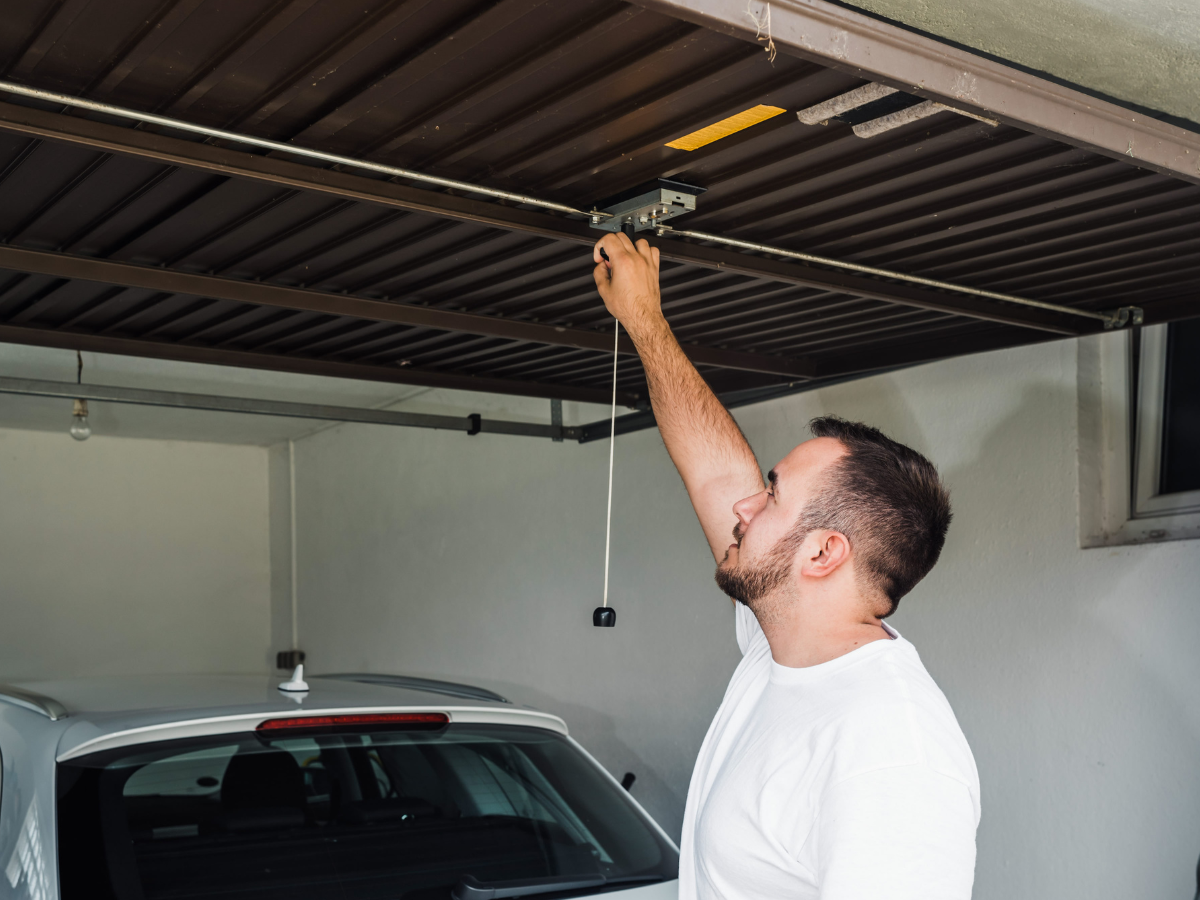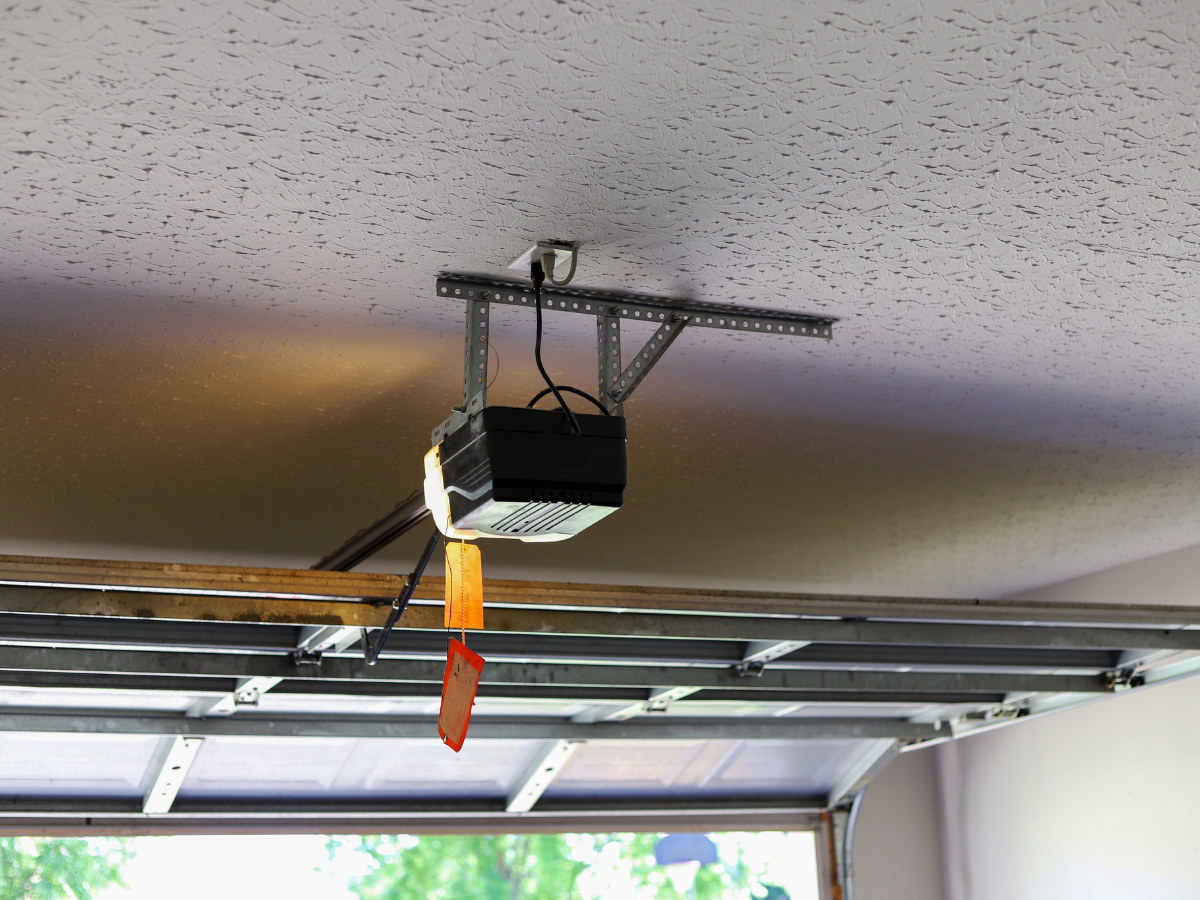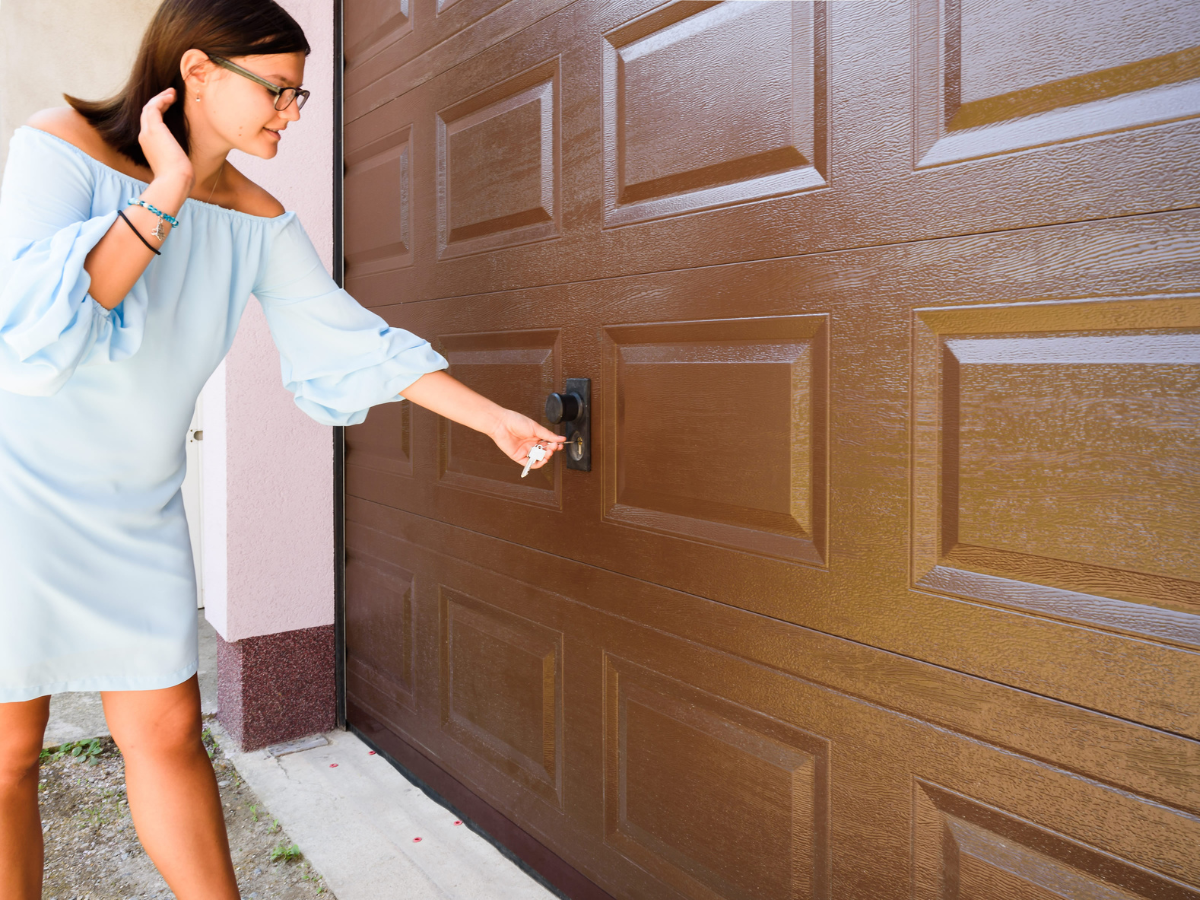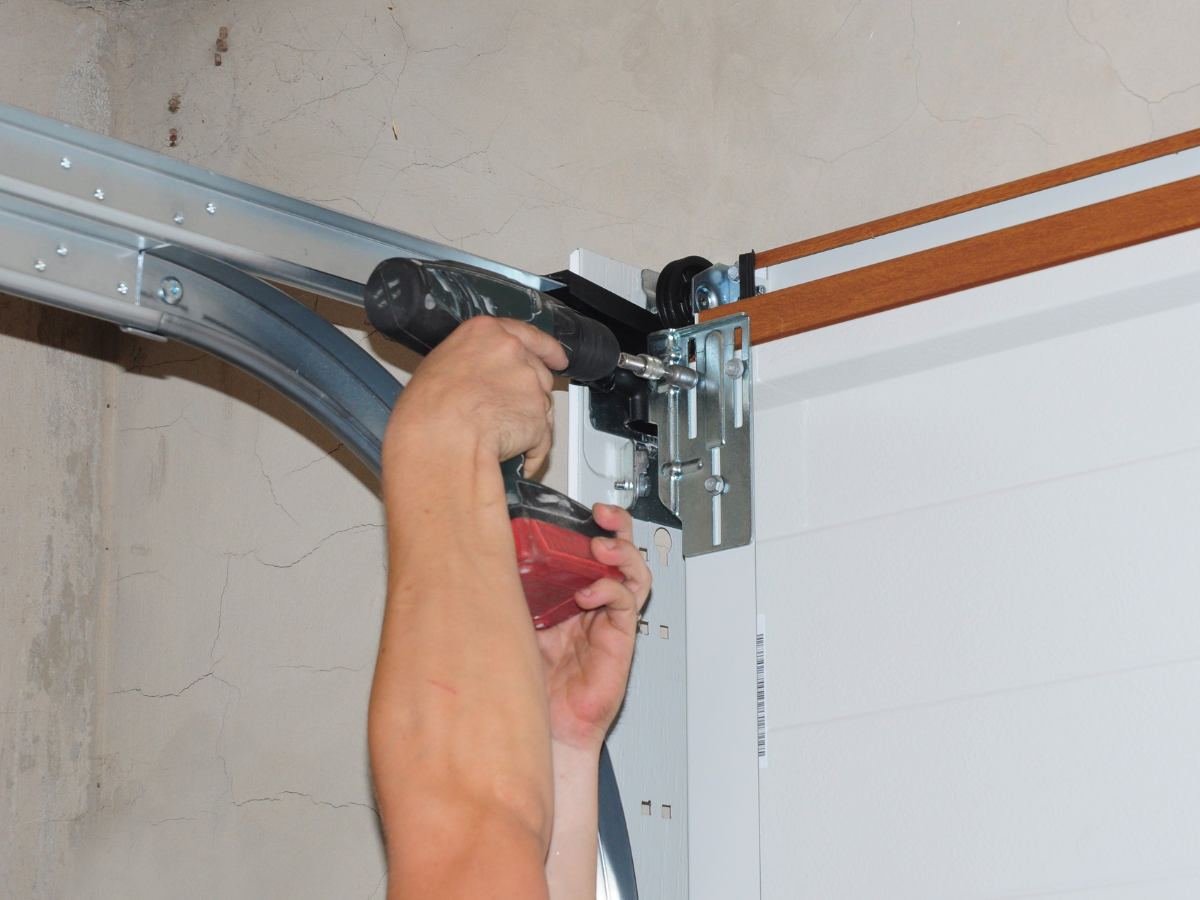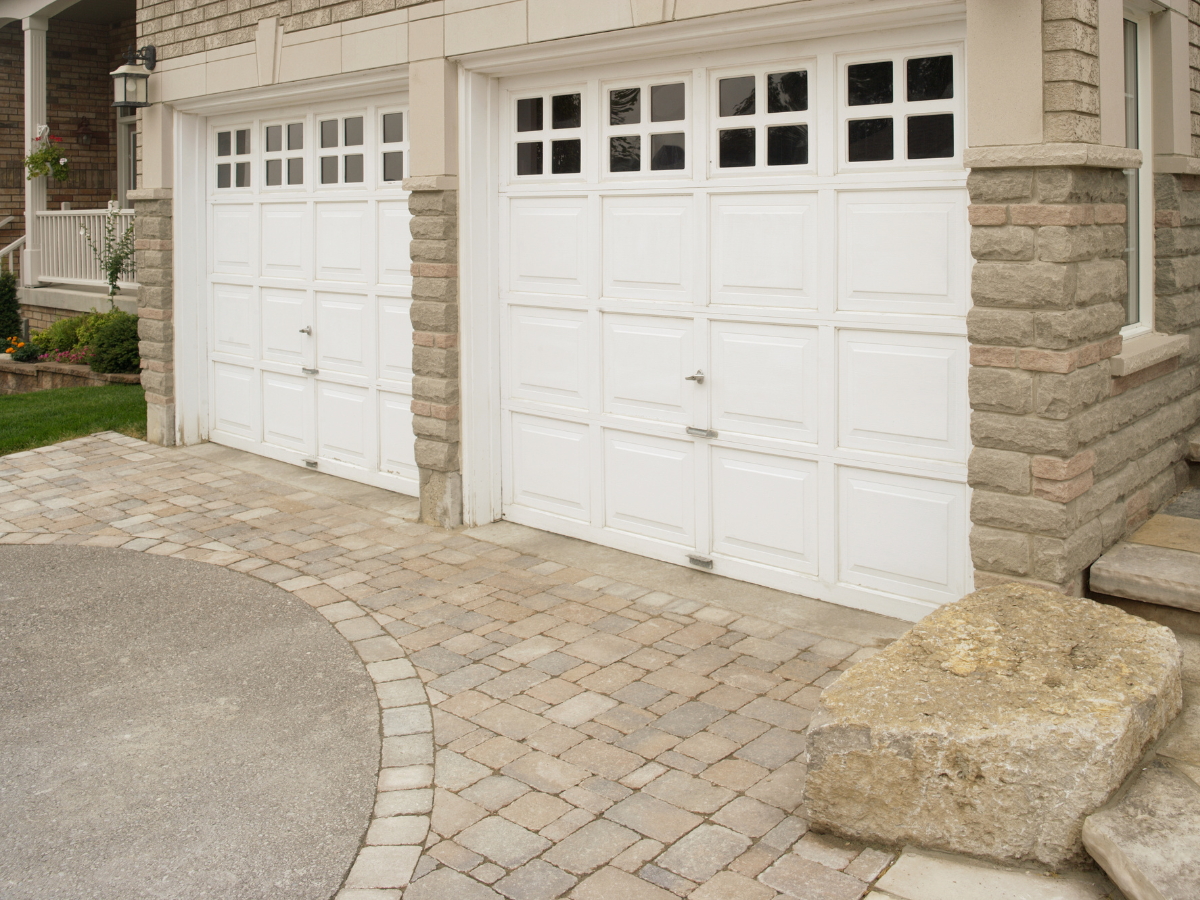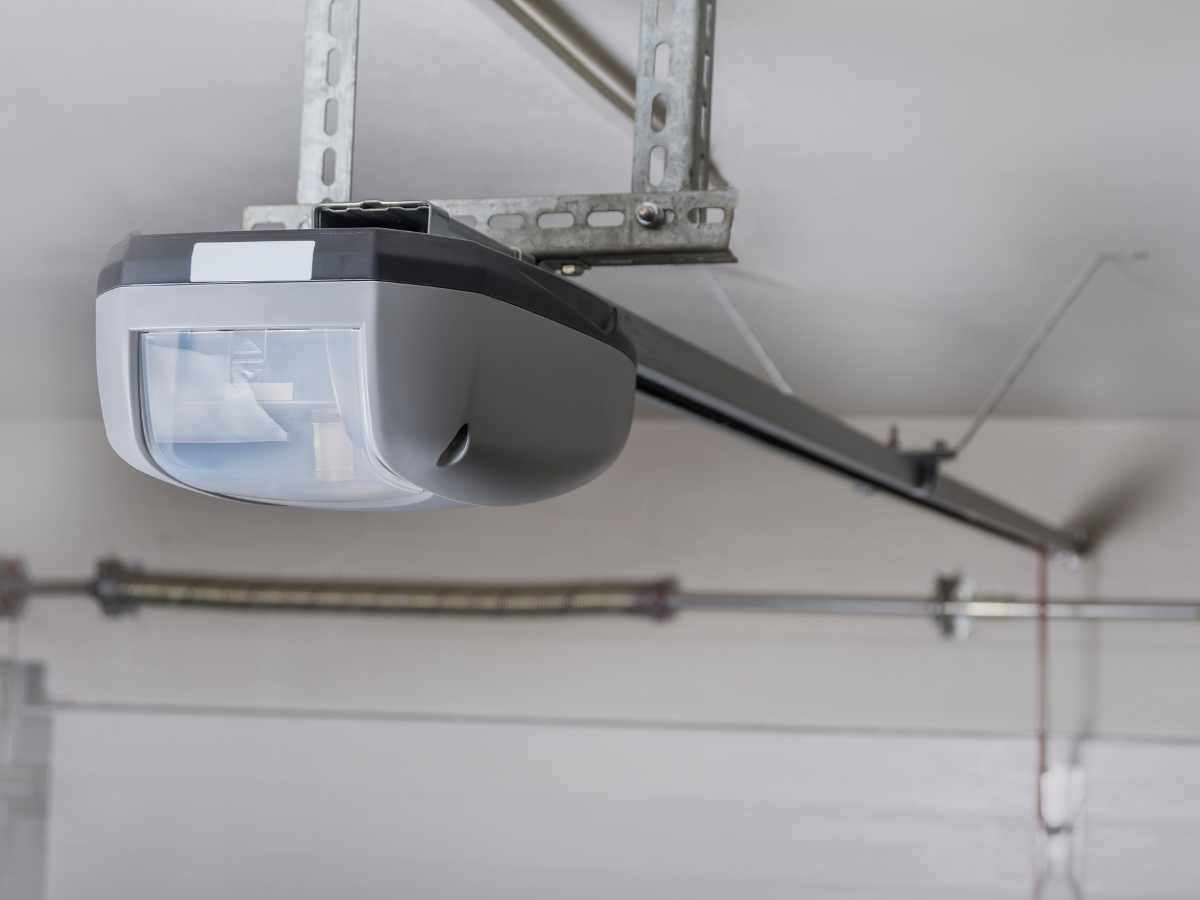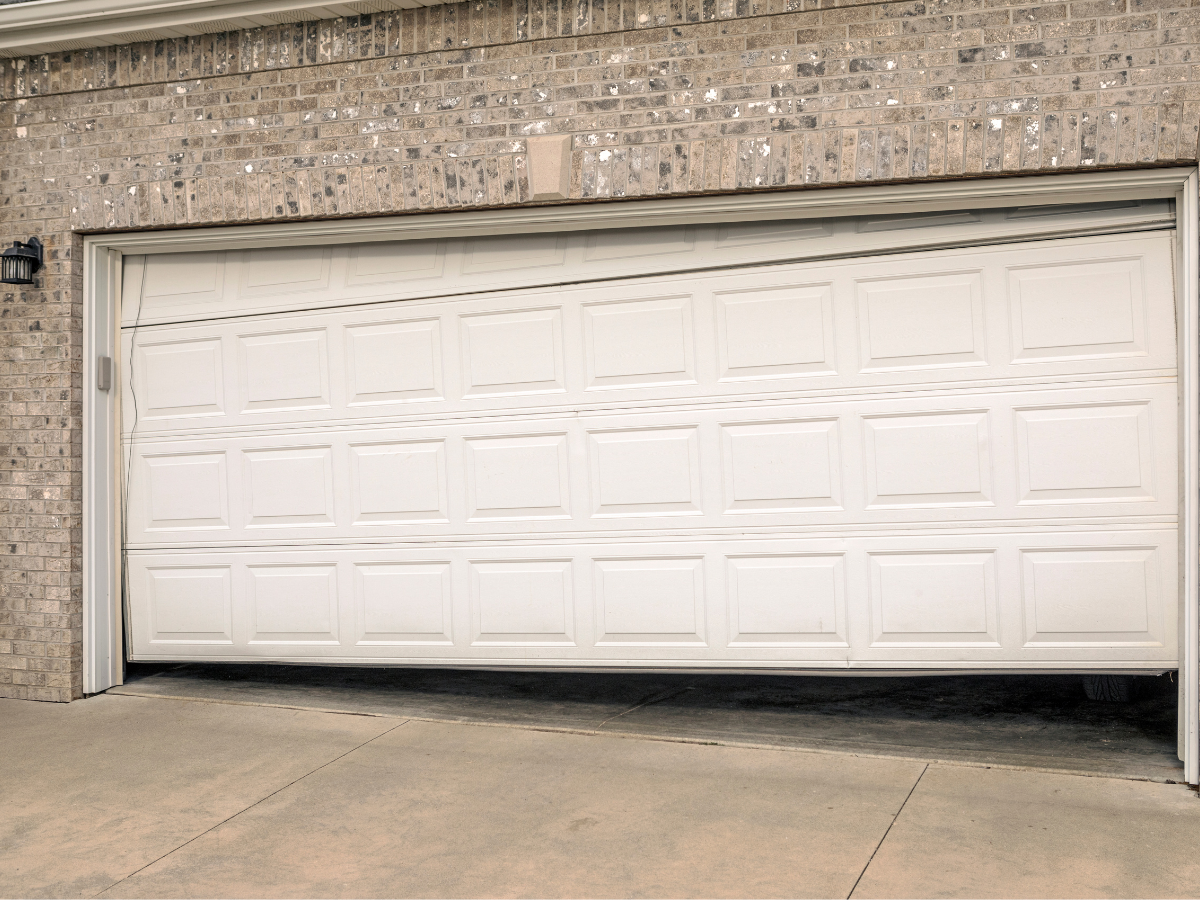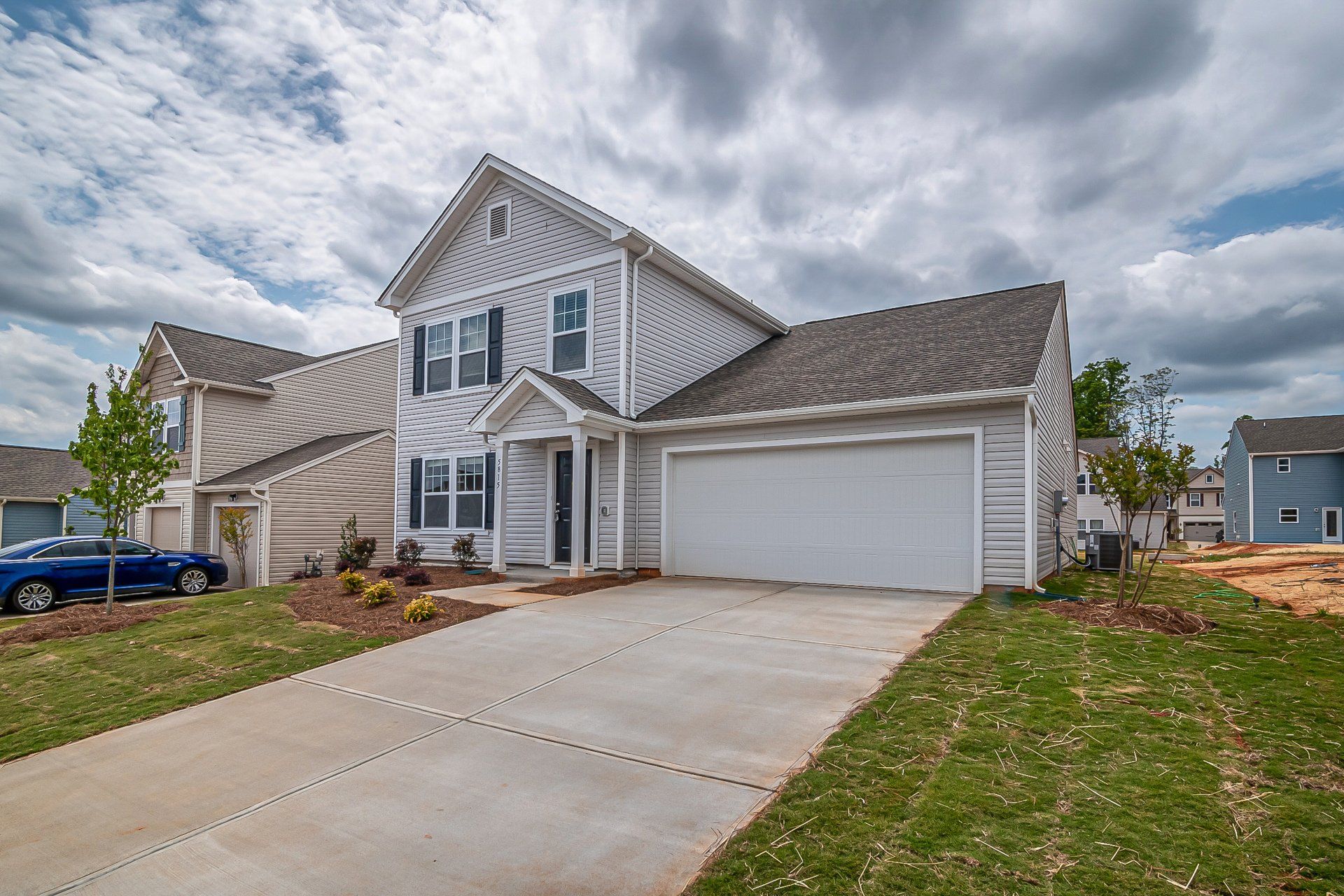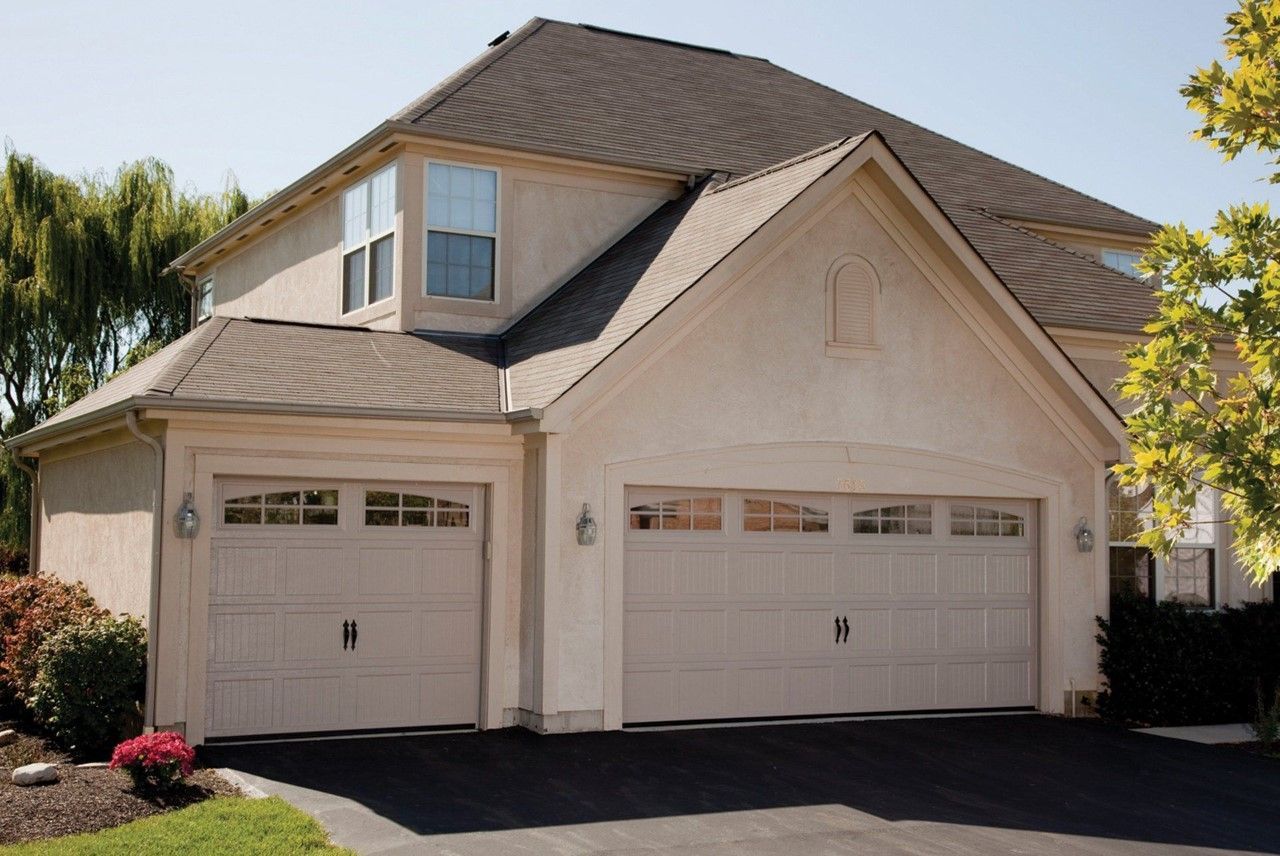by Kevin Barr
•
25 October 2023
Garage doors come in many different styles and forms. In this post, we will go over the many different types of garage doors. Each garage door has its pro's and con's, learn which garage door is best suited for you and your home. Sectional Garage Door A sectional garage door is a type of overhead garage door that is composed of multiple horizontal sections or panels hinged together. These panels allow the door to open and close vertically, moving along a guided track system. When the door is fully open, it is stored horizontally just above the garage door opening, parallel to the ceiling. This design maximizes the available space both inside and in front of the garage, making it an efficient choice for various types of garages. They also offer more insulation . Sectional garage doors are a practical choice for residential and commercial garages, as they provide ease of use, security, and space efficiency. Their durability and insulation options make them suitable for a range of climates and needs. Roll-Up Garage Door A roll-up garage door, also known as a rolling garage door, is a type of overhead door that is made of horizontally hinged sections or slats. These sections are designed to roll up vertically into a coil or cylinder shape when the door is opened. Unlike sectional garage doors that consist of panels that move horizontally along a track system, roll-up doors are made of a single sheet or a series of connected slats that roll up around a drum at the top of the door opening. They are very similar to storage unit doors. Roll-up garage doors are often made of metal, such as steel or aluminum, which provides added security and durability. They may be found in various designs and finishes to suit both residential and commercial applications. While they are less common in residential settings compared to sectional doors, roll-up doors are highly practical for specific garage requirements, particularly when space and security are key considerations. Slide-to-Side Garage Door A slide-to-side garage door, also known as a side-sliding garage door, is a type of garage door that operates by moving horizontally to the side of the garage opening. Unlike traditional overhead garage doors that move vertically and overhead, slide-to-side doors glide along a track system installed on the side wall of the garage. These doors are typically made up of individual sections or panels hinged together, similar to sectional garage doors, but they function differently. If space is tight in your garage, this is not the garage door for you. Slide-to-side garage doors need a lot of space in order to operate properly. Slide-to-side garage doors are available in various materials, designs, and finishes to match the aesthetics of your home or business. They are a practical option for situations where traditional overhead garage doors might not be suitable due to space constraints or other considerations. Tilt-Up Garage Door A tilt-up garage door, also known as a "swing-up" garage door, is a type of garage door that operates by tilting or swinging outward to open and closing in a vertical manner. Unlike sectional garage doors that consist of multiple horizontal panels that roll up and down on tracks, tilt-up garage doors are made of one solid piece. When opening, the door pivots from a horizontal position to a vertical one and then slides into the garage along the ceiling. Tilt-up garage doors have a classic and timeless appearance and are known for their simplicity and functionality. They are less common in modern residential construction compared to sectional garage doors but can still be found in some older homes and commercial buildings. Each type of garage door comes with its benefits and disadvantages. If you have any further questions, or want to know how Garage Doors Guaranteed can help you today, contact us today! Our team of expert garage door professionals is prepared to handle any garage door problem.
